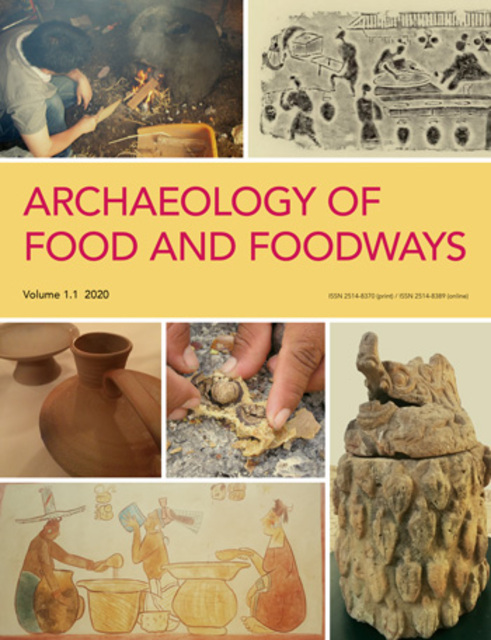AFF/Broomcorn Millet: From the Past to the Future

Full description
Broomcorn millet (Panicum miliaceum) was one of the most important and enigmatic crops of the ancient world. The integration of millet into existing crop systems drove significant transformations in past societies. Thanks to the environmental adaptability and short growing period of millet, many societies across Eurasia were dependent on millet cultivation for food security. For modern researchers, broomcorn millet also possesses unique botanical and biochemical characteristics that make it an ideal candidate for tracing its ancient dispersal and integration, which in turn provides a unique avenue for understanding the broader mechanisms of dietary transformations. This paper offers a review of the multiproxy evidence for the initial broomcorn millet dispersal across Eurasia. In light of millet’s unique biomolecular properties, multiple archaeological examples are drawn on to describe how millet consumers can be traced down to demographic categories of sex, age, social status, and individual mobility history. In combination with other research methods, this paper reviews evidence for past millet preparation for human consumption, using various archaeological sites as case studies, along with offering a theoretical reasoning for the discontinuities in millet exploitation over time, which is likely to be the result of past climate change.
- typeImage
- created on
- file formatjpg
- file size85 KB
- container titleArchaeology of Food and Foodways
- creatorGiedrė Motuzaitė Matuzevičiūtė
- issn2514-8389 (Online)
- issue2.2
- publisherEquinox Publishing Ltd.
- publisher placeSheffield, United Kingdom
- rights holderEquinox Publishing Ltd.
- doi
We use cookies to analyze our traffic. Please decide if you are willing to accept cookies from our website. You can change this setting anytime in Privacy Settings.
